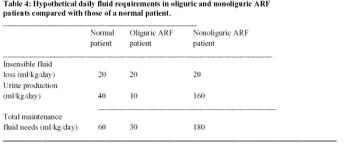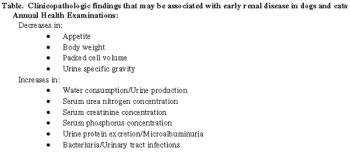
Chronic kidney disease (CKD) is a common problem that affects an estimated 0.5 to 7% of dogs. Radiographic signs of osteoarthritis (OA) occur in 20% of dogs.

Dr. Grauer received his DVM degree from Iowa State University in 1978. He then completed his postgraduate training (internship, residency, and master’s degree) at Colorado State University between 1978 and 1982. Dr. Grauer obtained his specialty board certification in Internal Medicine in 1983. After his postgraduate training, he became a member of the faculty at the School of Veterinary Medicine, University of Wisconsin for seven years and then returned to the Department of Clinical Sciences at Colorado State University where he served as professor and section chief of Small Animal Medicine until 2000. Dr. Grauer is professor and head of the Department of Clinical Sciences at the College of Veterinary Medicine, Kansas State University. Dr. Grauer’s areas of clinical and research interest involve the small animal urinary system.

Chronic kidney disease (CKD) is a common problem that affects an estimated 0.5 to 7% of dogs. Radiographic signs of osteoarthritis (OA) occur in 20% of dogs.

Acute kidney injury often results from ischemic or toxic insults and usually affects the most metabolically active tubular portions of the nephron.

Clinical signs associated with prerenal azotemia are often nonspecific and may be similar to those caused by ARF.

The urinalysis (UA) is an often overlooked and underutilized test in veterinary medicine.

Most bacterial infections of the lower urinary tract respond quickly to antimicrobial treatment; however, urinary tract infections (UTI) associated with defects in the host immune system (complicated UTI) often fail to respond or recur after antibiotic withdrawal and can be a therapeutic challenge.

By altering pre-glomerular resistance, healthy kidneys can maintain relatively stable glomerular capillary pressures despite variations in systemic blood pressure.

Renal damage and disease can be caused by acute or chronic insults to the kidney.

Loss of nephrons in CRF results in afferent glomerular arteriole vasodilatation causing intraglomerular pressure to increase.

Dr. Greg Grauer identifies several options practitioners can use to detect the early stages of renal disease through routine diagnostic testing.